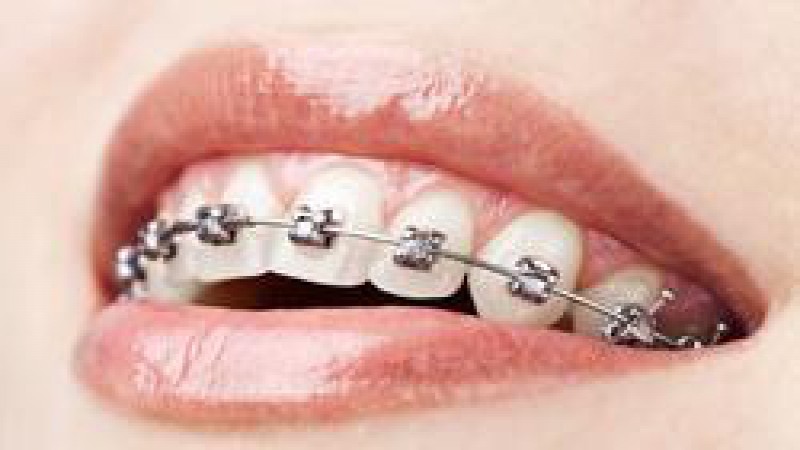People often ask about which type of braces will be more impactful and beneficial when it comes to aligning teeth: Regular metal braces or clear aligners. Braces, as you know, are a series of metal brackets that bond to the teeth, whereas clean aligners come in the form of acrylic molds that are worn like a mouthguard.
Both types of braces courtesy of a specialist orthodontist are designed to shift teeth properly to promote better oral care, eating habits, and smiles, but they also have many differences.
Metal Braces
The traditional form of braces, metal braces are a series of brackets that are applied to each of your teeth. They are meant to remain on from the time your orthodontist puts them on until they are ready to be taken off. They are to be worn while eating, sleeping, and doing any other activities, so there is no time in which they are to be removed. The benefit in doing this is that they will always work to shift teeth to their eventual ideal location. Metal braces provide faster results than clear aligners.
Braces can also help with any kind of tooth misalignment problems. For instance, if you have a tooth that is rotated 90 degrees, braces can gradually turn it in the proper direction. How this can be done is that braces use a strong wire to shift teeth into place. So, no matter if teeth are turned, crooked, or simply out of place, braces will be able to straighten them.
Braces are simply more effective compared to clean aligners, as well. Not only do they work faster than aligners, but patients are often happier with how teeth turn out from braces over them.
Clear Aligners
Made from clear, acrylic molds, aligners shift teeth by having them comply with the shape of the mold. One of the major perks of clear aligners is that you can take them out any time you want, although we recommend that patients wear them for up to 22 hours a day. Eating and brushing teeth are the only times in which taking them out would be ideal.
Another advantage that clear aligners have over metal braces is their appearance. It is much harder to identify clear aligners on people than it is with metal braces, and this means that aligners would not make a person nervous about their appearance. Smiles can still look good, conversations can still go well, and confidence is never lost with clear aligners.
Clear aligners also require less maintenance compared to braces. With braces, the orthodontist will need to tune them every month or so to coincide with changes being made inside the mouth. If you choose clear aligners, you will still need to visit the orthodontist occasionally for new molds, but these visits will be fewer compared to if you go with braces.
You Should Choose Metal Braces If
- You want fast, effective results.
- You want around-the-clock performance.
- You have complex tooth problems that clear aligners cannot fix.
- You are concerned with losing clear aligners.
You Should Choose Clear Aligners If
- You want a comfortable alternative to braces.
- You want to remove aligners while eating and brushing teeth.
- You want a treatment that other people won’t notice.
- You are allergic to certain metals found in braces, such as nickel.
Summary
Metal braces and clear aligners have their advantages as well as disadvantages over the other. After reading this article, you should have a better idea what both types are like and have a preference of which type of braces you want.

